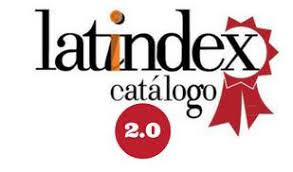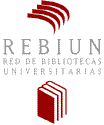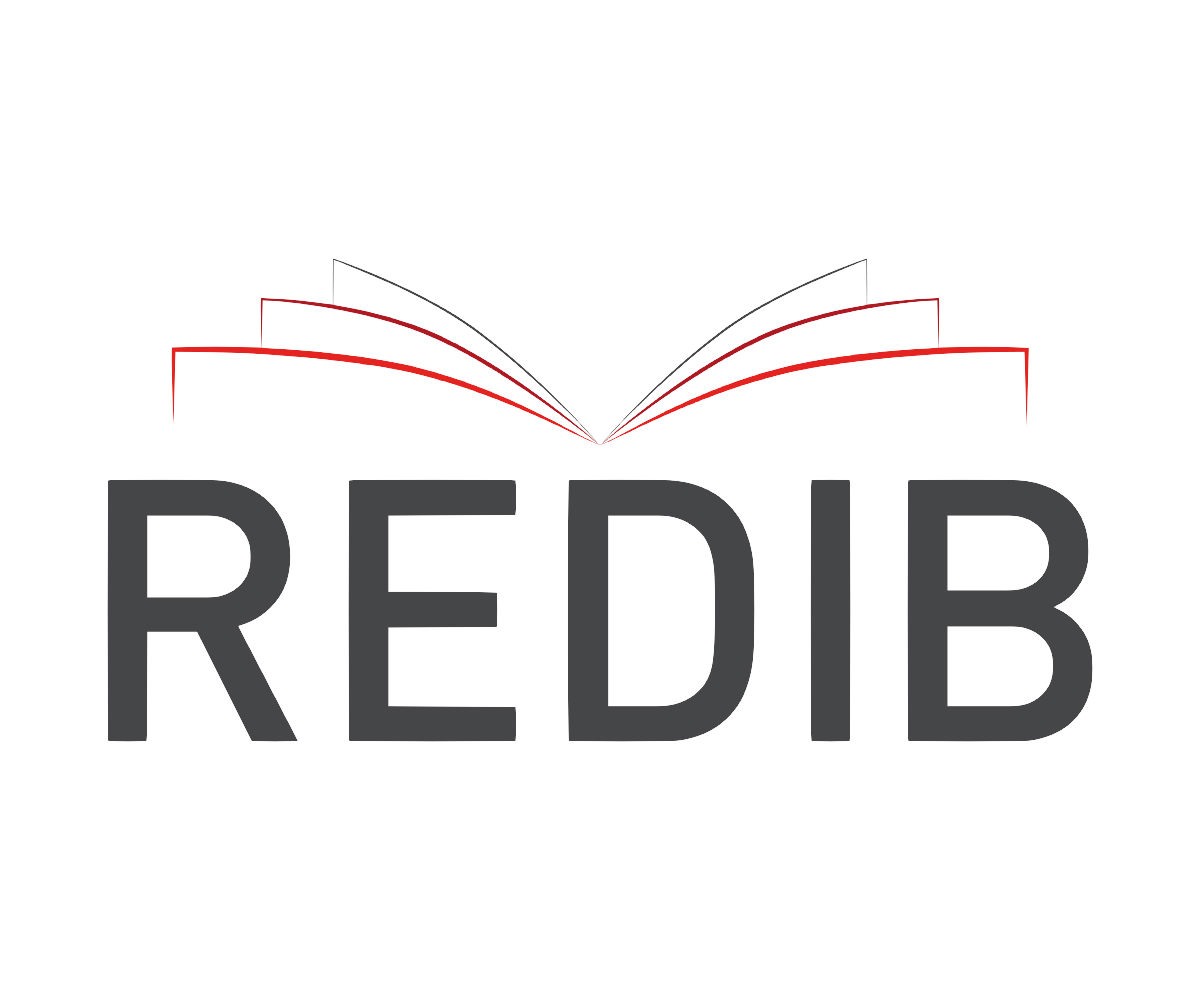Intervenções ecológicas para melhorar o conforto térmico em um pátio de escola em Arequipa, Perú
DOI:
https://doi.org/10.22320/07190700.2025.15.01.07Palavras-chave:
conforto térmico, ENVI-met, pátio, microclimaResumo
Pátio de recreação das escolas se tornaram espaços residuais com falta de conforto térmico devido ao aumento do estoque de edifícios para atender à superpopulação de alunos. Portanto, estratégias arquitetônicas ecológicas foram simuladas para demonstrar sua eficácia na melhoria do conforto térmico, analisando a temperatura fisiológica padrão das crianças. Foi adotada uma abordagem mista, combinando o software Sun Path para análise da luz solar, com base no Protocolo SOPARC e em medições in situ, com o Rayman para simulação de conforto térmico e o Revit e o ENVI-met para testar as estratégias aplicadas. Os resultados mostram a melhoria da sensação térmica, sendo notável aquela em que foi realizada a mudança do pavimento de terra para grama, a adição de vegetação arbórea e a implementação de uma estufa ecológica. Portanto, esta pesquisa válida a otimização das condições térmicas por meio de uma análise prévia e uma intervenção posterior por meio de simulação.
Downloads
Referências
ABDALLAH, A. S. H., (2022). Passive design strategies to improve student thermal comfort in Assiut University: A field study in the Faculty of Physical Education in hot season. Sustainable Cities and Society, 86, 104110. https://doi.org/10.1016/j.scs.2022.104110 DOI: https://doi.org/10.1016/j.scs.2022.104110
AKOUMIANAKI-IOANNIDOU, A., PARASKEVOPOULOU, A. T., y TACHOU, V. (2016). School grounds as a resource of green space to increase child-plant contact. Urban Forestry & Urban Greening, 20, 375–386. https://doi.org/10.1016/j.ufug.2016.10.009 DOI: https://doi.org/10.1016/j.ufug.2016.10.009
BATES, C. R., BOHNERT, A. M., y GERSTEIN, D. E. (2018). Green Schoolyards in Low-Income Urban Neighborhoods: Natural Spaces for Positive Youth Development Outcomes. Frontiers in Psychology, 9, 805. https://doi.org/10.3389/fpsyg.2018.00805 DOI: https://doi.org/10.3389/fpsyg.2018.00805
BERNARDES, M., y VERGARA, L. G. L. (2017). Aprendiendo entre la naturaleza: Una revisión de los beneficios de los espacios verdes en el ambiente escolar. Arquitecturas del Sur, 35(52), 96–103. https://doi.org/10.22320/07196466.2017.35.052.09 DOI: https://doi.org/10.22320/07196466.2017.35.052.09
BINABID, J., ALYMANI, A., y ALAMMAR, A. (2024). Optimizing Outdoor Thermal Comfort for Educational Buildings: Case Study in the City of Riyadh. Buildings, 14(11), 3568. https://doi.org/10.3390/buildings14113568 DOI: https://doi.org/10.3390/buildings14113568
CIBSE. (s.f.). Guide A: Environmental Design. Chartered Institution of Building Services Engineers, de https://ierga.com/wp-content/uploads/sites/2/2017/10/CIBSE-Guide-A-Environmental-design.pdf
DENG, J. Y., y WONG, N. H. (2020). Impact of urban canyon geometries on outdoor thermal comfort in central business districts. Sustainable Cities and Society, 53, 101966. https://doi.org/10.1016/J.SCS.2019.101966 DOI: https://doi.org/10.1016/j.scs.2019.101966
DUARTE-TAGLES, H., SALINAS-RODRÍGUEZ, A., IDROVO, Á. J., BÚRQUEZ, A., y CORRAL-VERDUGO, V. (2015). Biodiversidad y síntomas depresivos en adultos mexicanos: exploración de los efectos benéficos del ambiente. Biomédica, 35(2), 46–57. https://doi.org/10.7705/BIOMEDICA.V35I0.2433 DOI: https://doi.org/10.7705/biomedica.v35i0.2433
GUO, W., JIANG, L., CHENG, B., YAO, Y., WANG, C., KOU, Y., XU, S., y XIAN, D. (2022). A study of subtropical park thermal comfort and its influential factors during summer. Journal of Thermal Biology, 109, 103304. https://doi.org/10.1016/J.JTHERBIO.2022.103304 DOI: https://doi.org/10.1016/j.jtherbio.2022.103304
Instituto Nacional de Estadística e Informática. (2022). Compendio Estadístico: Arequipa 2022. https://www.gob.pe/institucion/inei/informes-publicaciones/4132137-compendio-estadistico-arequipa-2022
JANSSON, M., ABDULAH, M., y ERIKSSON, A. (2018). Secondary school students’ perspectives and use of three school grounds of varying size, content and design. Urban Forestry & Urban Greening, 30, 115–123. https://doi.org/10.1016/j.ufug.2018.01.015 DOI: https://doi.org/10.1016/j.ufug.2018.01.015
Basurama (2024). La aventura de aprender. Cómo intervenir un patio escolar. Instituto Nacional de Tecnologías Educativas y de Formación del Profesorado (INTEF). https://www.libreria.educacion.gob.es/libro/la-aventura-de-aprender-como-intervenir-un-patio-escolar_184810
LANZA, K., ALCAZAR, M., HOELSCHER, D. M., y KOHL, H. W. (2021). Effects of trees, gardens, and nature trails on heat index and child health: design and methods of the Green Schoolyards Project. BMC Public Health, 21, 98. https://doi.org/10.1186/s12889-020-10128-2 DOI: https://doi.org/10.1186/s12889-020-10128-2
LAVILLA CERDÁN, L. (2013). La observación sistemática. Revista de Claseshistoria, (6), 374. http://www.claseshistoria.com/revista/2013/articulos/lavilla-observacion-sistematica.pdf
LINDEMANN-MATTHIES, P., y KÖHLER, K. (2019). Naturalized versus traditional school grounds: Which elements do students prefer and why? Urban Forestry & Urban Greening, 46, 126475. https://doi.org/10.1016/j.ufug.2019.126475 DOI: https://doi.org/10.1016/j.ufug.2019.126475
MAHMOUD, R. M. A., y ABDALLAH, A. S. H. (2022). Assessment of outdoor shading strategies to improve outdoor thermal comfort in school courtyards in hot and arid climates. Sustainable Cities and Society, 86, 104147. https://doi.org/10.1016/j.scs.2022.104147 DOI: https://doi.org/10.1016/j.scs.2022.104147
MARCHANTE GONZÁLEZ, G., y GONZÁLEZ SANTOS, A. I. (2020). Evaluación del confort y disconfort térmico. Ingeniería Electrónica, Automática y Comunicaciones, 41(3), 21-40. http://scielo.sld.cu/scielo.php?script=sci_arttext&pid=S1815-59282020000300021#B19
Meteo Consult. (25 de septiembre 2024). Previsiones meteorológicas y clima. https://www.meteoconsult.fr/
Ministerio de Salud. (2015). Guía técnica para la valoración nutricional antropométrica de la persona adolescente. Instituto Nacional de Salud. https://cdn.www.gob.pe/uploads/document/file/390257/guia-tecnica-para-la-valoracion-nutricional-antropometrica-de-la-persona-adolescente.pdf?v=1571242432
MORAKINYO, T. E., LAU, K. K.-L., REN, C., y NG, E. (2018). Performance of Hong Kong’s common trees species for outdoor temperature regulation, thermal comfort and energy saving. Building and Environment, 137, 157–170. https://doi.org/10.1016/J.BUILDENV.2018.04.012 DOI: https://doi.org/10.1016/j.buildenv.2018.04.012
NAMAZI, Y., CHARLESWORTH, S., MONTAZAMI, A. y TALEGHANI, M. (2024). The impact of local microclimates and Urban Greening Factor on schools’ thermal conditions during summer: A study in Coventry, UK. Building and Environment. 262, 111793. https://doi.org/10.1016/j.buildenv.2024.111793 DOI: https://doi.org/10.1016/j.buildenv.2024.111793
OREGI, X., GOTI, A., PÉREZ-ACEBO, H., ALVAREZ, I., EGUIA, M.I. y ALBERDI, E. (2024). Development of a Transdisciplinary Research-Based Framework for the Improvement of Thermal Comfort of Schools Through the Analysis of Shading System. Buildings, 15(1), 47. https://doi.org/10.3390/buildings15010047 DOI: https://doi.org/10.3390/buildings15010047
PASEK, M., SZARK-ECKARDT, M., WILK, B., ZUZDA, J., ŻUKOWSKA, H., OPANOWSKA, M., KUSKA, M., DRÓŻDŻ, R., KUŚMIERCZYK, M., SAKŁAK, W., y KUPCEWICZ, E. (2020). Physical Fitness as Part of the Health and Well-Being of Students Participating in Physical Education Lessons Indoors and Outdoors. International Journal of Environmental Research and Public Health, 17(1), 309. https://doi.org/10.3390/ijerph17010309 DOI: https://doi.org/10.3390/ijerph17010309
ROYÉ, D., MARTÍ EZPELETA, A., y CABALAR FUENTES, M. (2012). Aproximación al comportamiento espacial del estrés térmico en Galicia mediante el uso del índice bioclimático PET. https://aeclim.org/wp-content/uploads/2016/02/0092_PU-SA-VIII-2012-D_ROYE.pdf
SALAMEH, M. (2024). Modifying School Courtyard Design to Optimize Thermal Conditions and Energy Consumption in a Hot Arid Climate. Journal of Architectural Engineering, 30(4). https://doi.org/10.1061/jaeied.aeeng-1813 DOI: https://doi.org/10.1061/JAEIED.AEENG-1813
The Weather Channel. (25 de septiembre de 2024.). Weather forecast and climate information. https://weather.com/
Tiempo3. (25 de septiembre de 2024). El clima en Arequipa, Perú. https://www.tiempo3.com/south-america/peru/tacna/arequipa
TuTiempo.net. (25 de septiembre de 2024). El Tiempo: Pronóstico del tiempo para tu ciudad. https://www.tutiempo.net
Windy.com. (25 de septiembre de 2024). Wind map & weather forecast. https://www.windy.com/
Downloads
Publicado
Como Citar
Edição
Secção
Licença
Direitos de Autor (c) 2025 Katherin Geraldine Vilcanqui-Coaquira, Patricia Delgado-Meneses, Valkiria Raquel Ibárcena-Ibárcena

Este trabalho encontra-se publicado com a Licença Internacional Creative Commons Atribuição-CompartilhaIgual 4.0.
O conteúdo dos artigos publicados em cada número do Habitat Sustentável é da exclusiva responsabilidade dos autores e não representa necessariamente o pensamento ou compromete a opinião da Universidad del Bío-Bío.
Os autores mantêm os seus direitos de autor e concedem à revista o direito de primeira publicação da sua obra, que está simultaneamente sujeita à Licença de Atribuição Creative Commons CC BY-SA que permite a outros partilhar, transformar ou criar novo material a partir desta obra para fins não comerciais, desde que a autoria e a primeira publicação nesta revista sejam reconhecidas, e as suas novas criações sejam licenciadas sob os mesmos termos.

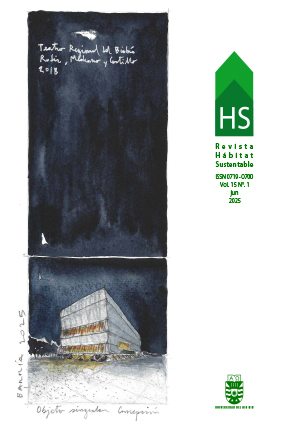









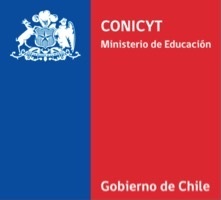 Programa de Informação Científica/Concurso Fondos de Publicación de Revistas Científicas 2018/ Proyecto Mejoramiento de Visibilidad de Revistas UBB (Código:FP180007)
Programa de Informação Científica/Concurso Fondos de Publicación de Revistas Científicas 2018/ Proyecto Mejoramiento de Visibilidad de Revistas UBB (Código:FP180007)
